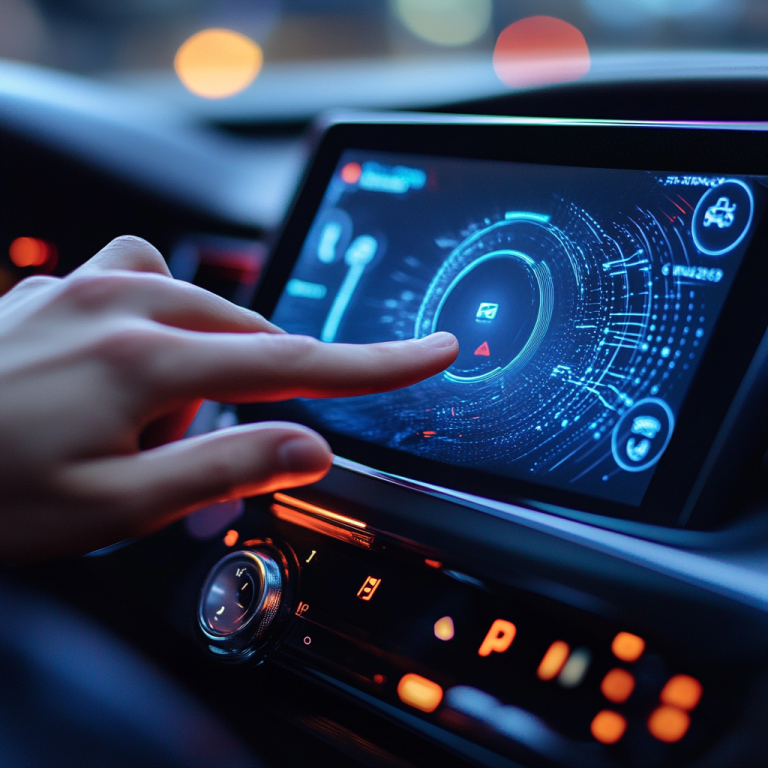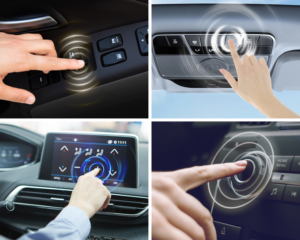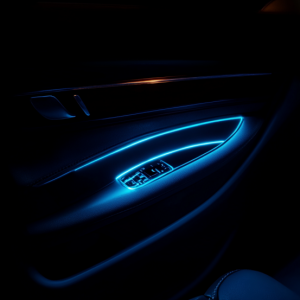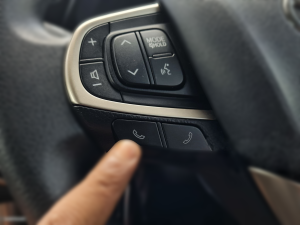ICH. Design Philosophy of Haptic Technology
Haptic technology enhances user experience through tactile feedback, Überbrückung der Lücke zwischen virtuellen und realen Umgebungen. Its core design principles include:
– Natural Interaction: Simulates realistic tactile sensations to create intuitive user interactions, narrowing the divide between virtual and physical experiences.
– Multisensory Integration: Combines tactile, visual, and auditory feedback to provide immersive experiences, enhancing operational accuracy and efficiency.
– Personalized Feedback: Dynamically adapts tactile responses based on user behavior and contextual scenarios, delivering tailored experiences for various applications.
II. Technical Implementation of Tactile Feedback
Haptic feedback utilizes vibration, pressure, and temperature to replicate real-world tactile sensations. By integrating sensors and actuators, it establishes a closed-loop interactive experience. Key implementation technologies include:
1. Vibrations-Feedback
– iezoelectric Ceramic Actuators: Use high-frequency electrical signals to drive piezoelectric materials, simulating surface textures or click sensations.
– Linear Resonant Actuators (LRA): Generate vibrations at specific frequencies, commonly used in smartphones and wearable devices.
– Eccentric Rotating Mass Motors (ERM): Employ rotary motors to drive asymmetric masses, delivering low-frequency vibrations.
2. Pressure Feedback
– Force-Sensitive Resistors (FSR): Detect user-applied pressure to trigger corresponding tactile responses.
– Active Tactile Technology: Combines flexible sensors with actuators to simulate real-world actions such as pressing or gripping through pressure variations.
3. Temperature Feedback
– Thermoelectric Coolers (Peltier Elements): Enable rapid temperature changes to simulate the feel of materials like metal, liquid, or other textures.
– Environmental Sensor Integration: Synchronizes temperature feedback with environmental inputs to create more realistic contextual experiences.
III. Implementation in Various Applications
Automotive Interiors
– Requirements: Enhance driving safety and interaction convenience.
– Implementation: Integrate tactile feedback modules into touchscreens and steering wheels, enabling intuitive, blind-operation features. Zum Beispiel, when adjusting the volume or switching modes, drivers receive tactile confirmation of successful interactions.
IV. Future Developments in Haptic Technology
– Multimodal Integration: Combines vision, hearing, and even smell to further enhance immersion.
– AI-Driven Customization: Leverages machine learning to optimize tactile feedback settings, dynamically adjusting intensity and patterns based on user habits.
– Advanced Materials and Miniaturization: Develops more efficient actuators and flexible materials, expanding applications in portable devices.
Haptic technology is transforming human-computer interaction by providing more intuitive and immersive experiences. As advancements continue, its applications and potential will grow, establishing haptic technology as a cornerstone of future interaction design.







